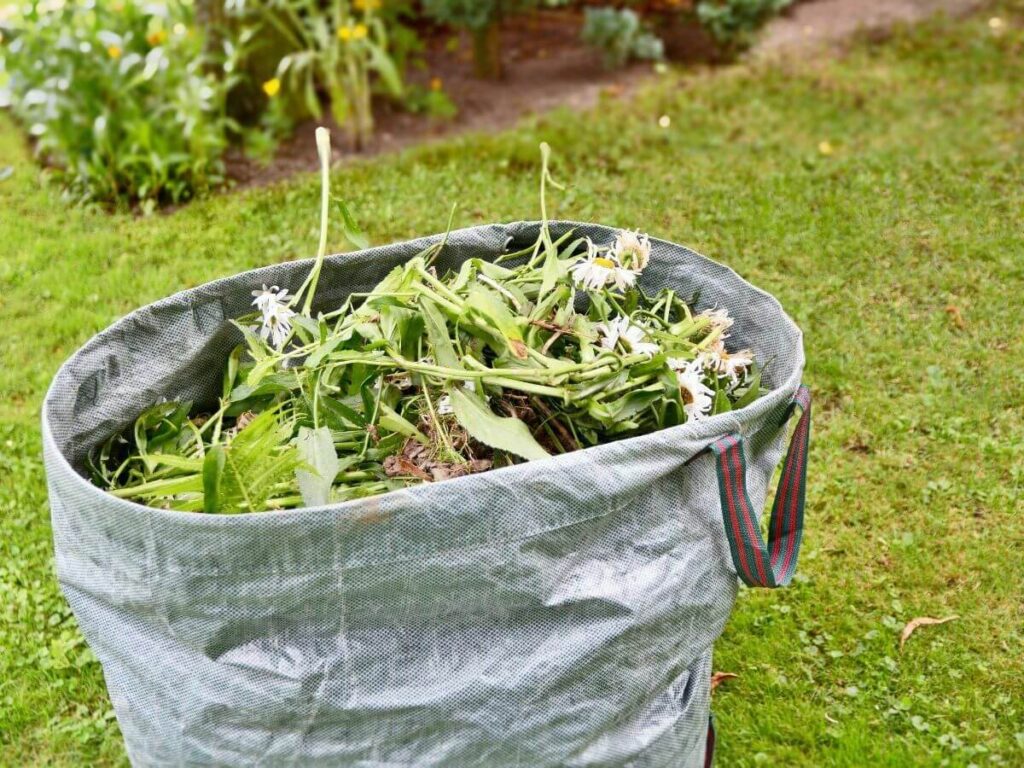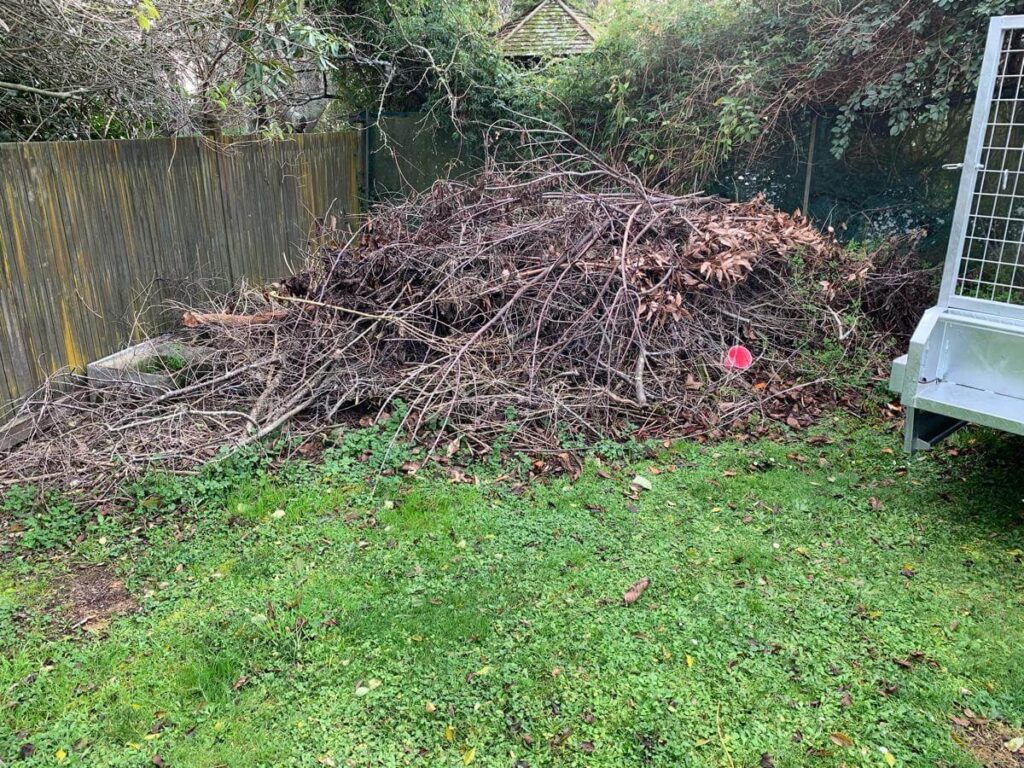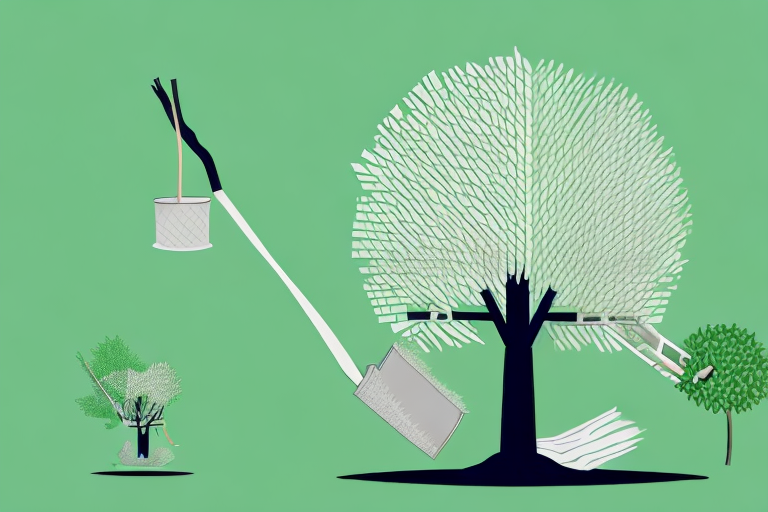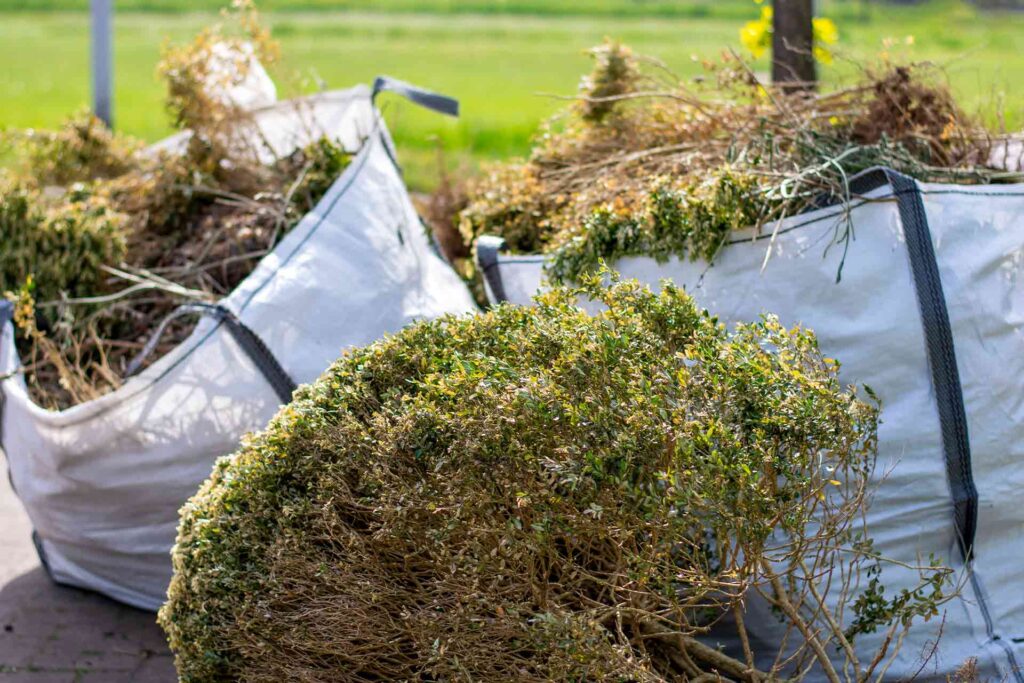Arboriculture is the practice of cultivating and managing trees for various purposes, such as aesthetic enhancement, environmental preservation, and timber production. As the need for sustainable practices becomes increasingly important in all aspects of our lives, it is essential to consider the impact of arboriculture on the environment.
In this article, we will delve into the world of sustainable arboriculture and explore the best practices for green waste removal Sydney.
Understanding Sustainable Arboriculture
Arboriculture plays a crucial role in maintaining the balance of our ecosystem, and sustainable practices aim to minimize the environmental footprint associated with tree management. By integrating ecological principles, sustainable arboriculture ensures the long-term health and vitality of trees while promoting biodiversity and reducing waste.
The Importance of Sustainability in Arboriculture
Sustainable arboriculture is not just a buzzword; it is a necessary approach to safeguard our environment. With the escalating concerns of climate change and deforestation, adopting sustainable practices becomes paramount. By minimizing the negative impact on the environment, we can preserve our natural resources and mitigate the effects of climate change.
When it comes to arboriculture, sustainability is not just about the trees themselves. It encompasses the entire ecosystem that surrounds them. By implementing sustainable practices, we can ensure that the delicate balance of nature is maintained, allowing trees to thrive and contribute to a healthy environment.

One of the key aspects of sustainable arboriculture is the preservation of tree health and vitality. This involves using proper arboricultural techniques that promote the well-being of trees. By employing methods such as pruning, fertilization, and pest management, arborists can help trees resist diseases and pests, ensuring their long-term survival.
Key Principles of Sustainable Arboriculture
There are several key principles that guide sustainable arboriculture practices:
- Promoting tree health and vitality through proper arboricultural techniques.
- Minimizing waste generation and maximizing resource utilization.
- Prioritizing the use of organic and environmentally friendly products.
- Preserving and enhancing biodiversity within the tree community.
- Collaborating with local communities and stakeholders to promote awareness and involvement.
Green Waste in Arboriculture
Green waste, also known as organic waste, refers to the plant material generated during various arboricultural activities, such as pruning, trimming, and tree removal. While green waste is an inevitable byproduct of arboriculture, it presents both challenges and opportunities for sustainable waste management.
Arboriculture, the cultivation and management of trees, plays a vital role in maintaining the health and aesthetics of our urban and natural landscapes. However, the activities involved in arboriculture, such as pruning, trimming, and tree removal, generate a significant amount of plant material known as green waste or organic waste.
Green waste encompasses branches, leaves, stumps, and other organic debris resulting from tree maintenance or removal. It is essential to distinguish it from other waste streams, such as construction or hazardous waste, as proper disposal methods differ.
When arborists prune trees to enhance their structure and health, they generate green waste in the form of small branches and leaves. Similarly, when trees need to be removed due to disease, damage, or urban development, the resulting stumps and larger branches contribute to the green waste stream.
The impact of green waste on the environment cannot be ignored. Failure to manage green waste effectively can have detrimental effects on the environment. When disposed of improperly, green waste can contribute to soil and water pollution, emit harmful greenhouse gases during decomposition, and disrupt natural ecosystems. Therefore, it is crucial to implement sound waste management strategies.
Proper management of green waste involves various steps, starting from its collection to its final disposal or utilization. One common approach is to separate green waste from other waste streams at the source itself, ensuring that it is not contaminated with non-organic materials. This separation allows for easier processing and recycling of green waste.
Once collected, green waste can be processed through various methods, such as chipping or shredding, to reduce its volume and facilitate transportation. The resulting mulch or wood chips can then be used for various purposes, such as landscaping, erosion control, or as a biomass fuel source.
Additionally, green waste can be composted to produce nutrient-rich organic matter that can be used to improve soil health and fertility. Composting not only diverts green waste from landfills but also reduces the need for synthetic fertilizers, promoting sustainable agricultural practices.

Furthermore, innovative technologies are being developed to convert green waste into biofuels, such as ethanol or biogas, which can be used as renewable energy sources. These advancements not only reduce greenhouse gas emissions but also contribute to the transition towards a more sustainable and circular economy.
In conclusion, green waste generated in arboriculture presents both challenges and opportunities for sustainable waste management. By implementing proper waste management strategies, such as separation, processing, recycling, and composting, we can minimize the environmental impact of green waste while harnessing its potential for various beneficial applications.
Best Practices for Green Waste Removal
Efficient green waste removal not only helps maintain a clean and aesthetically pleasing environment but also plays a pivotal role in sustainable arboriculture. Adopting best practices for green waste removal ensures proper disposal, promotes recycling, and maximizes resource utilization.
Planning and Preparing for Green Waste Removal
Effective waste removal starts with careful planning and preparation. Consider the quantity and type of green waste generated. Assess the availability of recycling facilities and composting programs in your area. Developing a comprehensive waste management plan ensures the sustainable disposal of green waste.
When planning for green waste removal, it is essential to take into account the specific needs of your property or project. Different types of green waste, such as tree branches, grass clippings, or fallen leaves, require different disposal methods. By understanding the characteristics of your green waste, you can tailor your removal strategies accordingly.
Furthermore, it is crucial to consider the environmental impact of your waste removal practices. Look for opportunities to minimize the use of machinery or fuel-powered equipment, as these can contribute to air and noise pollution. Opting for manual methods, such as handpicking or raking, can not only reduce environmental harm but also provide employment opportunities for local communities.
Techniques for Efficient Green Waste Removal
Several techniques can be employed for efficient green waste removal:
- Chipping: Utilize wood chippers to shred branches and woody material into smaller sizes for easier transport and recycling. Chipped wood can be used as mulch or biomass feedstock, contributing to sustainable landscaping practices and renewable energy production.
- Composting: Convert green waste into nutrient-rich compost by allowing it to decompose naturally. Compost can be used for soil enrichment and as a natural fertilizer. Implementing a composting program not only reduces the amount of waste sent to landfills but also promotes soil health and biodiversity.
- Biomass Conversion: Explore the possibilities of converting green waste into biofuels or other forms of renewable energy. Advanced technologies, such as anaerobic digestion or pyrolysis, can transform organic waste into valuable energy sources, reducing reliance on fossil fuels and mitigating greenhouse gas emissions.
- Collaboration: Partner with local recycling centers, composting facilities, or biomass conversion plants to ensure proper disposal and repurposing of green waste. By establishing strong relationships with these organizations, you can contribute to a circular economy where waste is seen as a valuable resource.
Remember, efficient green waste removal is not just about getting rid of unwanted materials. It is about recognizing the potential in these materials and finding innovative ways to give them a new life. By implementing best practices for green waste removal, you can contribute to a more sustainable and environmentally conscious future.

The Role of Technology in Green Waste Management
Technology plays a significant role in improving green waste management practices, enabling more efficient and sustainable methods for waste disposal and recycling.
Innovations in Green Waste Removal
New technologies, such as robotic tree pruning and cutting systems, help reduce waste generation by precisely targeting the necessary trimming or removal. Additionally, advanced methodologies in wood chip production and mulching contribute to more effective recycling.
The Future of Green Waste Management
As technology continues to advance, the future of green waste management looks promising. Concepts like biorefineries and anaerobic digestion hold the potential to convert green waste into valuable resources, including biofuels and bioplastics. These innovations not only address waste reduction but also contribute to the circular economy.
Policies and Regulations Surrounding Green Waste
Effective waste management requires compliance with local and global policies and regulations. Green waste management practices must align with existing guidelines to ensure the sustainability of arboriculture.
Understanding Local and Global Green Waste Policies
Research and familiarize yourself with the specific policies and regulations governing green waste management in your region. This knowledge will enable you to make informed decisions and implement the appropriate waste removal strategies without violating any legal requirements.
Compliance with Green Waste Regulations
Ensure that your arboriculture practices comply with green waste regulations. This includes proper documentation, licensing, and adherence to disposal guidelines. By ensuring compliance, you contribute to the sustainable management of green waste and protect both the environment and your business.

